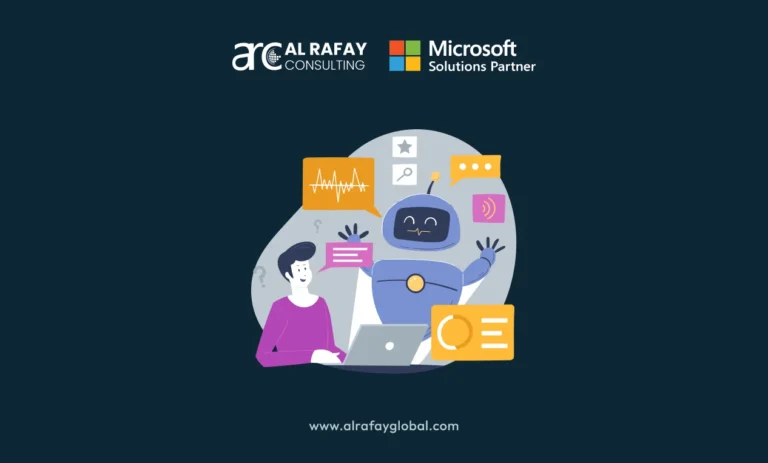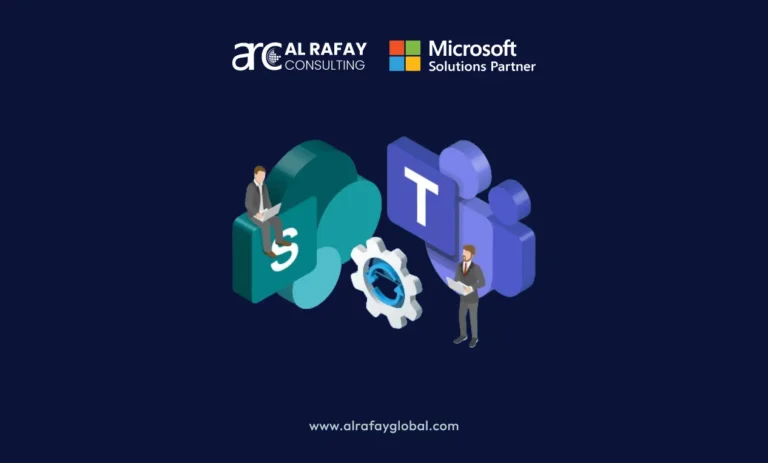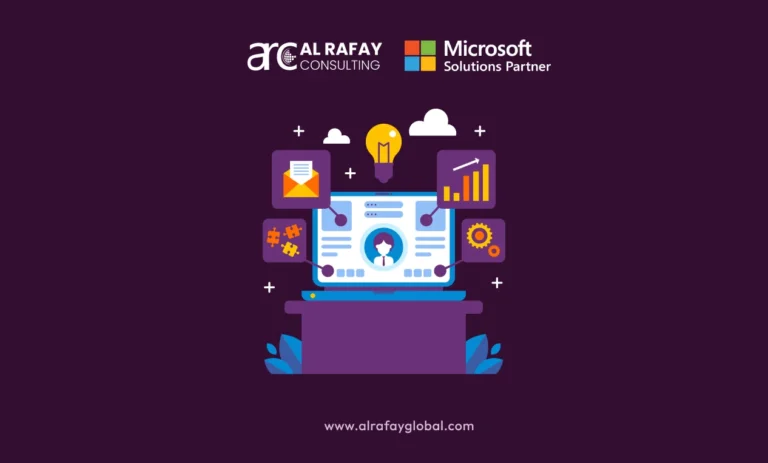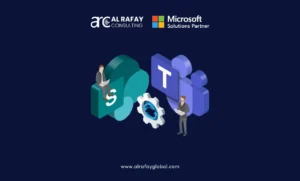In the current era of big data, the vast amount of text generated across digital platforms creates an ever-growing challenge for businesses and researchers. From social media, blogs, reviews, and legal documents to academic research, these text sources are often unstructured and difficult to analyze. To derive meaningful insights, text analysis techniques have evolved, and one of the most powerful tools is topic modeling.
Topic modeling is an unsupervised machine-learning technique used to identify hidden patterns or topics in large collections of text data. It organizes and categorizes unstructured data by grouping words into clusters or “topics” based on their co-occurrence. This allows users to summarize and explore huge datasets efficiently without manually reading through them.
The applications of topic modeling span multiple fields:
Marketing: Extracting customer sentiment and trends.
Social Media Analysis: Understanding public opinion and emerging topics.
Legal Documents: Summarizing vast sets of legal texts.
Academic Research: Clustering related research papers for knowledge discovery.
This blog aims to provide a technical, in-depth overview of topic modeling, exploring how it works, popular algorithms, real-world applications, challenges, and future trends.
How Topic Modeling Works
Topic modeling involves analyzing large text corpora to uncover hidden topics that are represented by groups of words. These topics help in summarizing the documents and understanding their underlying themes.
Documents, Topics, and Words
The fundamental building blocks of topic modeling are:
Documents: Individual text files or data points in the corpus (e.g., a tweet, article, or paragraph).
Topics: Collections of words that represent a coherent theme (e.g., “sports,” “technology,” or “politics”).
Words: The specific terms used to describe the topics.
In essence, topic modeling assumes that a document is composed of multiple topics, and each topic is a distribution of words.
Key Concepts in Topic Modeling
Latent Topics
Latent topics are hidden themes that exist within the corpus but are not explicitly defined. Topic modeling algorithms work by discovering these topics from word patterns and assigning probabilities for each word to belong to a given topic.
Word Distribution
Word distribution represents the probability of a word occurring in a particular topic. For example, if “technology” is one of the latent topics, the words “AI,” “machine learning,” and “innovation” may have high probabilities in this topic.
Topic Distribution
Topic distribution refers to how the topics are distributed across documents. A single document can cover multiple topics, and the model assigns a probability to each topic in the document.
Co-occurrence Patterns and Dependencies
Topic modeling is built on the idea that words that frequently appear together in similar contexts likely belong to the same topic. Word co-occurrence patterns within documents help in identifying topics by establishing dependencies between words. For example, the frequent appearance of words like “model,” “algorithm,” and “data” in close proximity may indicate a “machine learning” topic.
Example: Topic Modeling in Action
Consider a dataset with articles on a variety of subjects. Using topic modeling, we could identify themes such as “sports,” “technology,” and “politics.” A sample document might have a 40% probability of discussing technology, 30% for politics, and 30% for sports. Within the “technology” topic, words like “AI,” “machine learning,” and “innovation” would have higher probabilities, whereas in the “politics” topic, terms like “election,” “policy,” and “government” would dominate.
Table 1 provides a hypothetical example of word probabilities within topics:
Topic | Word 1 | Word 2 | Word 3 | Word 4 | Word 5 |
Technology | AI (0.15) | Data (0.12) | Algorithm (0.10) | Model (0.08) | Machine (0.06) |
Sports | Game (0.20) | Team (0.18) | Player (0.15) | Score (0.10) | Season (0.07) |
Politics | Election (0.18) | Policy (0.14) | Government (0.12) | Vote (0.10) | Law (0.08) |
Popular Algorithms for Topic Modeling
Several algorithms are commonly used for topic modeling, each with its strengths and limitations. The three most widely adopted are Latent Dirichlet Allocation (LDA), Non-negative Matrix Factorization (NMF), and Latent Semantic Analysis (LSA).
Latent Dirichlet Allocation (LDA)
Definition and History
LDA, developed by David Blei, Andrew Ng, and Michael Jordan in 2003, is a generative probabilistic model that assumes documents are mixtures of topics and topics are mixtures of words. It is one of the most popular and influential topic modeling algorithms.
LDA Process
Each document is a probability distribution over a set of topics.
Each topic is a probability distribution over words.
The model learns these distributions by iteratively refining the probabilities of each topic for a document and the probabilities of each word for a topic.
A graphical model of LDA consists of the following parameters:
α (alpha): Controls the sparsity of the document-topic distribution.
β (beta): Controls the sparsity of the topic-word distribution.
The goal of LDA is to maximize the likelihood of the observed data by adjusting these parameters.
Strengths and Limitations
LDA is highly interpretable, allowing users to inspect word distributions and topic distributions with relative ease. However, it assumes that the number of topics is known beforehand, which can be a significant limitation. Additionally, it can be computationally expensive when dealing with large datasets.
Real-World Applications
Marketing Analytics: LDA can help businesses analyze customer feedback, reviews, and social media posts to uncover common themes and improve product development.
Academic Research: Researchers use LDA to classify papers into relevant topics or discover trends across multiple studies.
Non-negative Matrix Factorization (NMF)
Overview and Concept
NMF is an unsupervised learning technique that decomposes a non-negative matrix (e.g., document-term matrix) into two lower-dimensional matrices: one representing the topic distributions and the other representing the word distributions.
Comparison with LDA
Unlike LDA, which uses probabilistic distributions, NMF works by minimizing the reconstruction error between the original matrix and its decomposed factors. This results in sparse, non-negative values, making the results more interpretable and easier to understand.
NMF Process
The document-term matrix is factorized into two matrices:
W matrix: Contains the weights for each word in a topic.
H matrix: Contains the topic distribution for each document.
Use Cases
Document Clustering: NMF is commonly used in organizing news articles and categorizing them based on topics.
Bioinformatics: Researchers use NMF to identify gene clusters and their relationships.
Latent Semantic Analysis (LSA)
Introduction and History
LSA, also known as Latent Semantic Indexing (LSI), is one of the earliest topic modeling techniques. It was introduced in the late 1980s and relies on Singular Value Decomposition (SVD) to reduce the dimensionality of the document-term matrix.
Explanation of SVD in LSA
SVD decomposes the document-term matrix into three matrices:
U: Captures the document-topic relationship.
Σ (Sigma): Contains the singular values (which capture topic importance).
V: Contains the word-topic relationship.
LSA focuses on extracting the most meaningful structures from the document-term matrix, effectively identifying patterns in word usage.
Benefits and Applications
LSA excels at reducing noise and improving the precision of document similarity calculations. It is widely used in search engines and information retrieval to improve relevance.
Applications of Topic Modeling
Document Clustering
Topic modeling is extensively used to group similar documents based on their content. For example, in a news organization, articles can be clustered into topics like “politics,” “sports,” and “economics.” This helps in categorizing information for easier retrieval and browsing.
Recommendation Systems
By analyzing user-generated text such as reviews or comments, topic models can enhance recommendation systems. E-commerce platforms use this to recommend products based on customer interests, and streaming platforms suggest shows based on viewing history and topic preferences.
Sentiment and Opinion Analysis
Combining topic modeling with sentiment analysis allows businesses to not only identify key topics but also understand how people feel about them. For example, product reviews can be categorized by topic (e.g., “performance,” “price”) and sentiment (positive/negative).
Search Engine Optimization (SEO)
Topic modeling helps improve SEO by aligning content with user intent. By identifying the topics users are interested in, websites can create more relevant content that matches search queries, leading to better search rankings.
Content Summarization
Topic modeling is used for automatic summarization, particularly when dealing with large corpora of documents. By identifying key topics, the model can summarize the overall content, saving time and effort in manual review.
Trend Analysis
Topic models track trends over time by analyzing evolving themes in news articles, social media posts, or research papers. Businesses can use this to monitor shifts in customer preferences or emerging trends in technology.
Challenges in Topic Modeling
Choosing the Number of Topics
Determining the optimal number of topics is one of the most difficult challenges in topic modeling. Too few topics may result in oversimplification, while too many can lead to noise and redundancy. Techniques like coherence scores and cross-validation help estimate the ideal number of topics, but the process often requires trial and error.
Interpretability of Topics
Topic models sometimes generate abstract or ambiguous topics that are difficult to interpret. Naming and understanding these topics require domain expertise and qualitative assessment. Efforts to improve interpretability include using word clouds and visualizations that highlight the most representative words.
Scalability
As the size of datasets increases, the computational complexity of topic modeling becomes a significant challenge. LDA, for instance, can be slow and resource-intensive for large corpora. Distributed computing frameworks like Apache Spark or Hadoop can be used to scale topic models effectively.
Handling Noisy or Short Texts
Short text snippets such as social media posts or chat logs introduce sparsity, making it harder to extract meaningful topics. Techniques like short text aggregation (combining similar short texts) or using deep learning-based models such as Neural Topic Models help overcome this challenge.
Topic Modeling Tools and Libraries
Several libraries and tools facilitate topic modeling:
Gensim: A Python library that supports LDA and other algorithms. It’s popular for its ease of use and scalability.
Scikit-learn: Provides implementations of NMF, LSA, and other topic modeling algorithms.
Mallet: A Java-based tool for large-scale topic modeling, offering a variety of LDA implementations with enhanced performance.
BigARTM: A robust tool for large-scale topic modeling, providing flexible and advanced features like regularization and smoothing.
Implementing LDA with Gensim
Using Gensim, you can build an LDA model in Python with a few lines of code. Here’s an example:
python
from gensim import corpora
from gensim.models.ldamodel import LdaModel
# Sample corpus
texts = [[‘data’, ‘science’, ‘machine’, ‘learning’], [‘deep’, ‘learning’, ‘neural’, ‘networks’], [‘topic’, ‘modeling’, ‘lda’]]
# Create a dictionary and corpus
dictionary = corpora.Dictionary(texts)
corpus = [dictionary.doc2bow(text) for text in texts]
# Train LDA model
lda_model = LdaModel(corpus=corpus, id2word=dictionary, num_topics=2)
# Display topics
topics = lda_model.print_topics()
print(topics)
Future of Topic Modeling
Emerging Trends
Recent advances in deep learning have led to the development of Neural Topic Models (NTMs), which combine deep learning architectures like Variational Autoencoders (VAEs) with traditional topic modeling techniques. These models provide better performance, especially in cases with high-dimensional data.
Dynamic Topic Modeling
Tracking how topics evolve over time is becoming increasingly important in areas like social media and research. Dynamic Topic Modeling allows for the identification of topics that change over time, providing insights into evolving trends and public opinion.
Integration with Other AI Techniques
Combining topic modeling with other AI tools such as sentiment analysis, knowledge graphs, or recommendation systems opens up new possibilities for text analysis. These integrated approaches allow for a richer and more detailed understanding of data.
Ethical Considerations
As with many AI technologies, topic modeling has ethical considerations. Models can unintentionally reinforce biases present in the training data, and the misinterpretation of topics may lead to inaccurate conclusions. Ensuring fairness and transparency in topic modeling results is critical for its future development.
Topic Modeling vs. Other Techniques
Topic modeling is one of many text analysis techniques, each with unique strengths and applications. To fully understand where topic modeling fits in the larger landscape of text analysis, it’s helpful to compare it with methods like text classification, clustering, and keyword extraction. Each of these techniques has a distinct purpose and use case, making it essential to select the right one for your specific needs.
Comparison of Techniques
Technique | Supervision | Purpose | Key Features | Example Use Cases |
Topic Modeling | Unsupervised | Discover hidden themes in large text datasets | Extracts latent topics, interpretable output | Analyzing customer reviews for recurring issues |
Text Classification | Supervised | Assign predefined categories to text | Requires labeled data, focused classification | Classifying emails as spam or not spam |
Clustering | Unsupervised | Group similar documents together | Groups based on content similarity, no predefined categories | Segmenting research papers into fields of study |
Keyword Extraction | Unsupervised | Identify key terms or phrases in documents | Highlights important words or phrases, no deeper context | Extracting important words from news articles |
Practical Discussion
Topic Modeling: Ideal for cases where you don’t know the underlying themes or topics within a corpus of text. It’s used for exploratory analysis, especially in scenarios like social media analysis, academic research clustering, or legal document summarization.
Text Classification: A supervised technique requiring labeled data, making it useful for specific, well-defined tasks like classifying sentiment (positive, negative) in customer feedback or identifying spam in emails.
Clustering: Focuses on grouping similar documents together without requiring predefined categories. It’s great for grouping research papers or segmenting market research data.
Keyword Extraction: A simpler method that pulls out important words or phrases from a text without delving into deeper relationships or themes. It’s ideal when you need a quick summary of important terms but not a full topic breakdown.
Each method offers unique advantages, and the choice depends on whether you’re looking for exploration (topic modeling), specific classification (text classification), or simple grouping (clustering).
Conclusion
Topic modeling is crucial for analyzing large unstructured text collections in the big data era. It uncovers hidden topics, supporting applications like document clustering and trend analysis. Choosing the right algorithm and addressing interpretability and scalability challenges are key. New techniques, such as Neural Topic Models, promise to enhance topic modeling further. Business owners and data professionals should integrate these tools into their workflows to leverage text data effectively.
If your organization is looking for enterprise AI consultation, enlist the help of our Microsoft-certified AI experts at Al Rafay Consulting.













